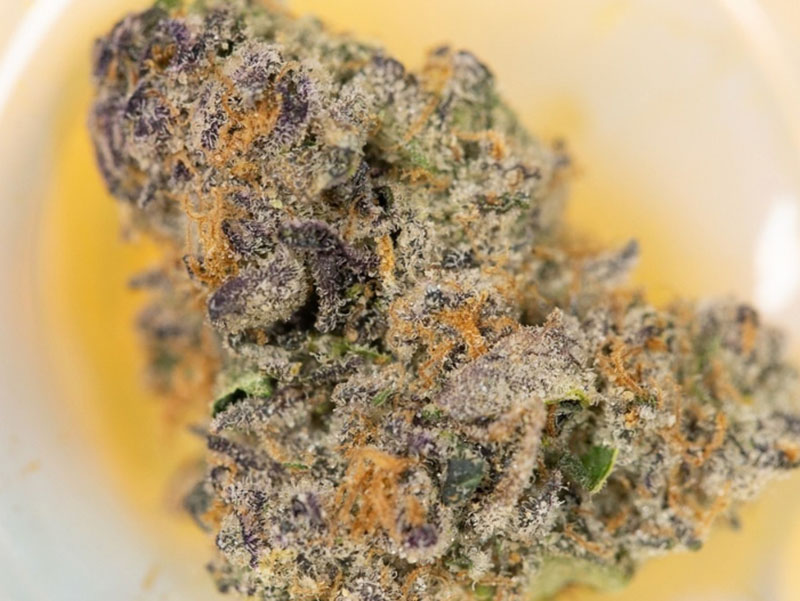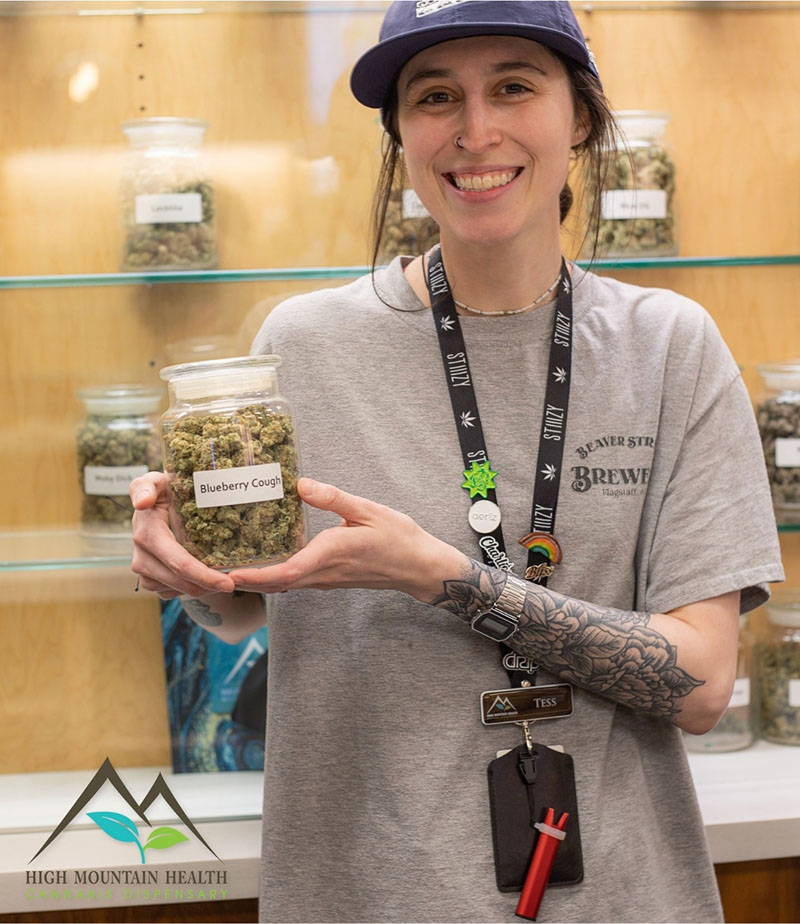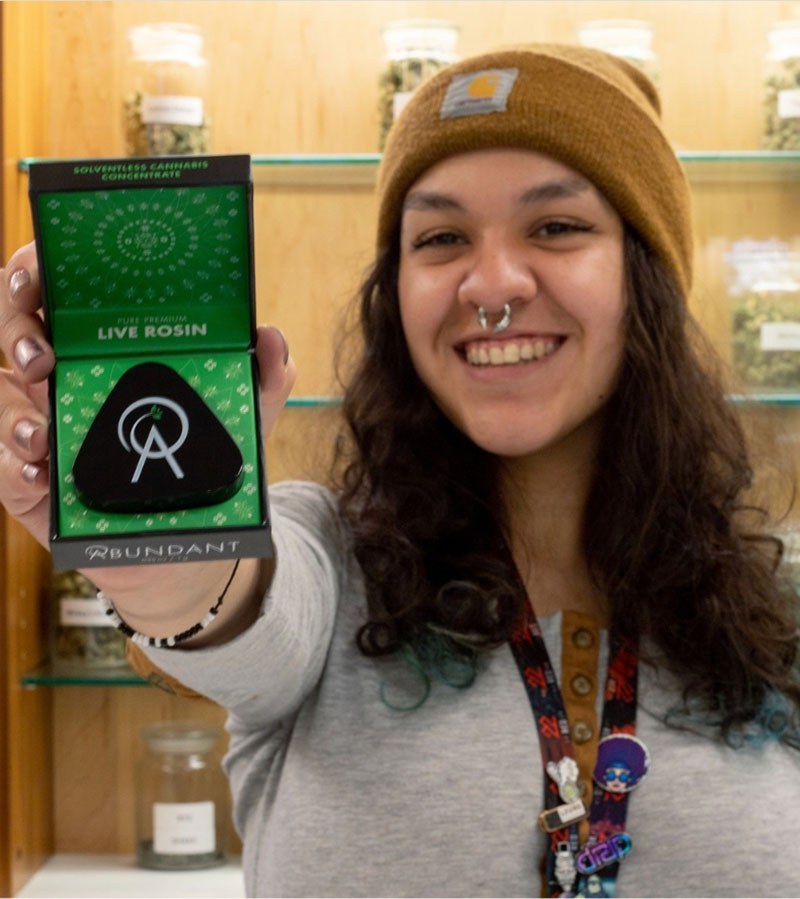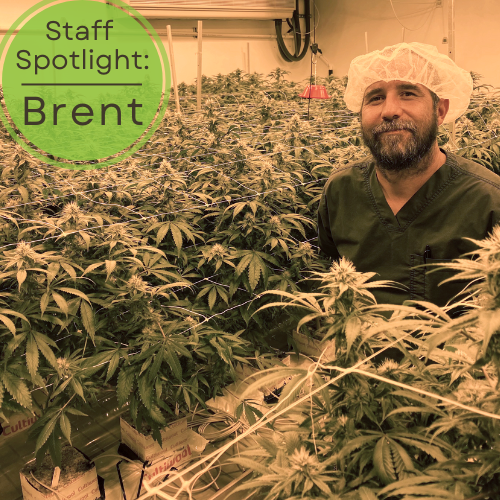Cannabis 101
By Zachariah Finning
In today’s day in age, the average individual knows what cannabis is - but what do they really know about how it works? People can experience a variety of effects and obtain different forms of relief from the plant and the explosion of medical marijuana across the country is evidence of that. Since that ignition, there has been more and more science coming to light. This knowledge is starting to support not just why, but also how the plant effects and acts on the human body. Our own bodies, cannabinoids, and terpenes seem to be the driving forces behind the plant’s properties and even if you’ve never consumed cannabis, you’ve already had interactions with two of the three in your daily life.
Let’s begin with the basics. In the 1990s, scientists discovered endocannabinoids. These are natural molecules produced in our own bodies through our endocannabinoid system (S1). It seems the natural purpose of the endocannabinoid system is to help the body maintain homeostasis. Biologic investigation revealed this harmonizing system is older than we are, evolving almost over 500 million years ago. More importantly, it is present in all vertebrates: mammals, reptiles, amphibians, birds, and fish - all of which produce endocannabinoids (S1). Scientists began to realize cannabis exerted its properties on humans, in part, by mimicking our endocannabinoids. Initial research led us to believe endocannabinoid receptors were only present in our nerves and brains, however, later inquiries found that the receptors are present throughout the body. They can be found in our immune cells, bones, liver, gastrointestinal tract, heart, and blood to name a few. We now can connect the endocannabinoid system to a variety of functions in the human body including, but not limited to, memory, pain, stress, sleep, and metabolism (S1). The scientific evidence behind the endocannabinoid system is a major key in unlocking the door to the medical benefits of Cannabis.
Another constituent key in unlocking the door behind medical marijuana is terpenes. In the wake of legal and medicinal cannabis, THC and CBD, the most common and heavily present cannabinoids, have received a majority of the acclaim (S2). However, they are not the only compounds that make up the plant by a long shot. Studies have shown that terpenes alone may have medical benefits that are enhanced in tandem with cannabinoids (S2). For those that don’t know, terpenes are hydrocarbon compounds found in all sorts of plants including cannabis. They are directly responsible for a strain’s specific aroma and fragrance. How cannabinoids and terpenes interact is still limited in research, but what research is available tends to suggest a lot of promise (S2). Terpenes have been shown to provide physical and mental effects including anti-inflammatory properties, mild pain relief, muscle spasm cessation, anxiety relief, stress relief, and help with insomnia (S2). Kris Krane is the President of 4Front, a leading investment and operation firm in the legal cannabis industry, says: “It’s the ‘entourage effect’ of the different cannabinoids and terpenes that tends to be the most effective” (S2). What he’s referring to is the process of terpenes reacting synergistically with cannabinoid compounds, such as THC, in the endocannabinoid system in order to affect the body and mind. A current study from Konkuk University in Seoul, South Korea studied terpenes from the surrounding forests. They found an association between certain terpenes in the plants and different biological reactions (S2). Although research is still scarce, it is out there. It may be safe to say that terpenes could be the tour guide, or rather bus driver, that lead the cannabinoids and other compounds of cannabis to certain parts of the endocannabinoid system.
The final lock is a double key and involves understanding the two main compounds of cannabis as well as the main receptors that they bind to. THC and CBD are the two most focused on and prevalent compounds of the plant. THC is the psychoactive compound directly related to the “high” or euphoria brought on upon consumption of the plant. CBD is a non-psychoactive compound of the plant that tends to be related to medical properties without any intoxicating effects. The two main receptors of the endocannabinoid system are CB1 and CB2 (S3). CB1 receptors are essential for a healthy functioning brain. They are one of the most common receptors in the entire nervous system. In the brain, they have been found to moderate memory, mood, motor function, and your perception of pain. The psychoactive properties of cannabis are felt because THC binds directly to the CB1 receptor (S3). This may be the reason cannabis has pain-relieving properties outside of the terpenes in the plant. The bonding of THC to the CB1 receptor may disrupt the transmission of pain signals in the brain. CB2 receptors are similar, but most often found on the cells of our immune system. They help to moderate inflammation and our immune response to pathogens (S3). Patients who may use cannabis medicinally for conditions involving an overactive immune system (i.e. arthritis, inflammatory bowel disease, asthma, and auto-immune disorders) can directly attribute their relief to the CB2 receptor (S3). Most cannabinoids bind to both types of receptors. As THC bonds directly to CB1 receptors causing the psychoactive effects CBD works a little differently. CBD itself does not directly bond to or trigger either receptor. Instead, it modifies a receptor's ability to bind to cannabinoids (S3). In addition, CBD plays a larger role in influencing other types of receptors in the body while also improving natural levels of endocannabinoids by inhibiting certain enzymes (S3). In simple terms, CBD does not perform a specific task of its own accord. Rather, it assists your body and the endocannabinoid system in managing the processes already at work.
With the world of medicinal cannabis ever-expanding, it is only natural that our scientific knowledge of the plant and its compounds will continue to deepen. What we do with this better understanding is completely up to us. Still being classified as a schedule 1 drug does not help the battle for a wider more understanding perspective, but the pioneers of the industry continue to push forward in their pursuit of scientific research. We as medical patients have the utmost responsibility to stay on top of the ever-increasing and ever-changing medicinal information on cannabis. This is most important for us as patients first off, is finding the right method of medicating as well as the best dosages or ratios for our specific conditions. Secondly, we will ultimately contribute to the continuous effort to destigmatize cannabis and uncloud the misconceptions that still surround the medical industry today.
Sources:












